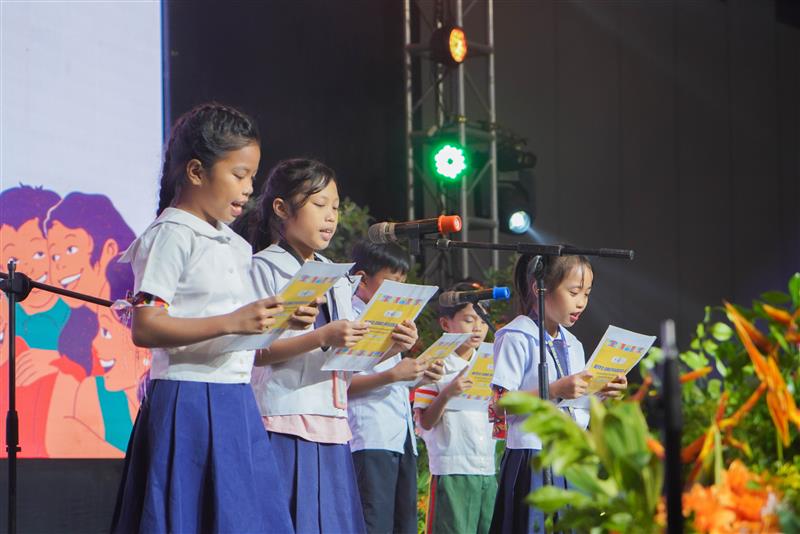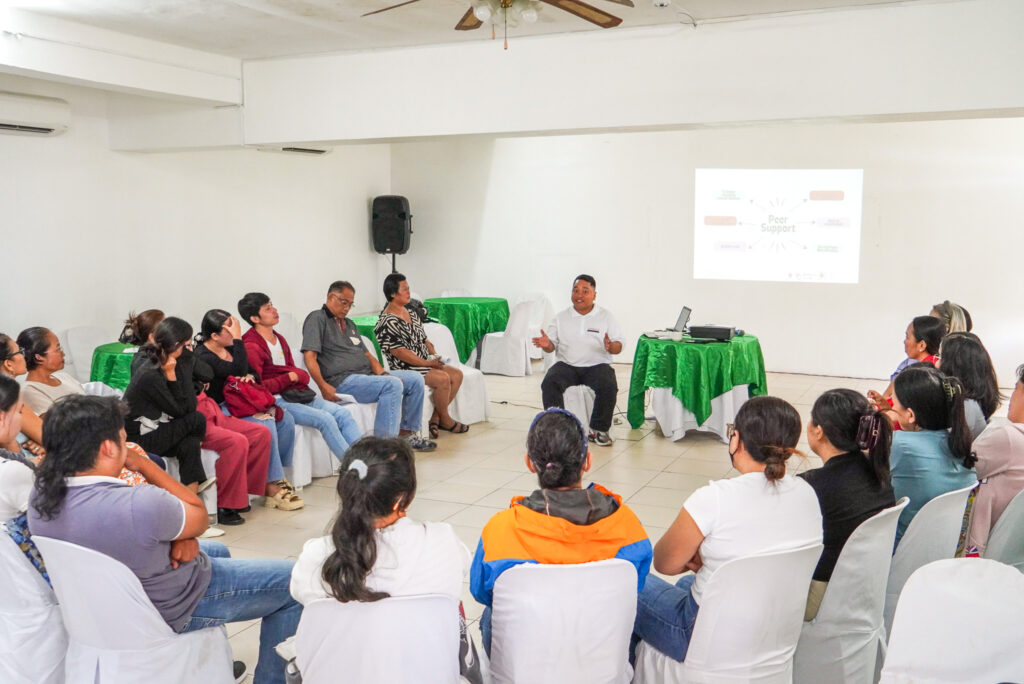[et_pb_section background_image=”https://www.rafi.org.ph/wp-content/uploads/2018/06/eddie-copy.jpg” transparent_background=”off” allow_player_pause=”off” inner_shadow=”off” parallax=”off” parallax_method=”on” make_fullwidth=”off” use_custom_width=”off” width_unit=”off” custom_width_px=”1080px” custom_width_percent=”80%” make_equal=”off” use_custom_gutter=”off” fullwidth=”on” specialty=”off” disabled=”off”][et_pb_fullwidth_image src=”https://www.rafi.org.ph/wp-content/uploads/2018/09/IAMRAFI-PEF.jpg” show_in_lightbox=”off” url_new_window=”off” use_overlay=”off” animation=”off” use_border_color=”off” border_color=”#ffffff” border_width=”1px” border_style=”solid” disabled=”off”][/et_pb_fullwidth_image][/et_pb_section][et_pb_section transparent_background=”off” allow_player_pause=”off” inner_shadow=”off” parallax=”off” parallax_method=”on” custom_padding=”0||0px|” make_fullwidth=”off” use_custom_width=”off” width_unit=”off” custom_width_px=”1080px” custom_width_percent=”80%” make_equal=”off” use_custom_gutter=”off” fullwidth=”on” specialty=”off” disabled=”off”][et_pb_fullwidth_header background_layout=”light” text_orientation=”left” header_fullscreen=”off” header_scroll_down=”off” scroll_down_icon=”;” scroll_down_icon_size=”45px” parallax=”off” parallax_method=”off” content_orientation=”center” image_orientation=”center” title_font_size=”37px” subhead_font_size=”22px” content_font_size=”30px” custom_button_one=”off” button_one_text_size=”20″ button_one_use_icon=”on” button_one_icon_placement=”right” button_one_on_hover=”on” button_one_letter_spacing_hover=”0″ custom_button_two=”off” button_two_text_size=”20″ button_two_use_icon=”on” button_two_icon_placement=”right” button_two_on_hover=”on” button_two_letter_spacing_hover=”0″ disabled=”off” inline_fonts=”Merriweather”]
IAMRAFI: Taking Flight,
Raising Eagles
The Story of the Philippine Eagle Foundation, Eduardo Aboitiz Awardee for Outstanding Institution, RAFI Triennial Awards
By Marco Paulo Trajano Deligero | September 11, 2018
[/et_pb_fullwidth_header][/et_pb_section][et_pb_section transparent_background=”off” allow_player_pause=”off” inner_shadow=”off” parallax=”off” parallax_method=”on” custom_padding=”0px|0px|54px|0px” make_fullwidth=”off” use_custom_width=”off” width_unit=”off” custom_width_px=”1080px” custom_width_percent=”80%” make_equal=”off” use_custom_gutter=”off” fullwidth=”off” specialty=”off” admin_label=”Section” disabled=”off”][et_pb_row make_fullwidth=”off” use_custom_width=”off” width_unit=”off” custom_width_px=”1080px” custom_width_percent=”80%” use_custom_gutter=”off” gutter_width=”3″ custom_padding=”0px|0px|16px|0px” allow_player_pause=”off” parallax=”off” parallax_method=”on” make_equal=”off” parallax_1=”off” parallax_method_1=”on” parallax_2=”off” parallax_method_2=”on” parallax_3=”off” parallax_method_3=”on” parallax_4=”off” parallax_method_4=”on” admin_label=”Row” disabled=”off”][et_pb_column type=”4_4″ disabled=”off” parallax=”off” parallax_method=”on”][et_pb_text background_layout=”light” text_orientation=”left” admin_label=”Text” use_border_color=”off” border_style=”solid” disabled=”off” inline_fonts=”Lato”][/et_pb_text][et_pb_text background_layout=”light” text_orientation=”justified” admin_label=”Text” use_border_color=”off” border_style=”solid” disabled=”off” inline_fonts=”Abel”]
The Philippine Eagle Foundation won the Eduardo Aboitiz Award for Outstanding Institution in the recently concluded RAFI Triennial Awards held last August 31, 2018. The award was received by Dr. Jayson C. Ibañez, Director for Research and Conservation.
The Philippine Eagle Foundation Flying High
Organized in 1987, the Philippine Eagle Foundation (PEF) works hard in the protection of the critically endangered Philippine eagle and its habitat. PEF is committed towards the promotion of the survival of the Philippine eagle, the biodiversity it represents, and the sustainable use of forest resources.
Practicing a ‘Pillars of Holistic Approach,’ PEF’s primary programs are the Conservation Breeding Program, Conservation Education Program, Research and Conservation Program, and the Culture-based Conservation Initiative. Its conservation breeding program focuses on increasing the eagles’ population through natural breeding methods and cooperative artificial insemination for malimprinted birds.
“There are only 800 adults of Philippine eagles left,” Dr. Jayson C. Ibañez said. “We are focusing on pairs, because Philippine eagles live together; they are monogamous, and they maintain a certain territory. A territory can be 7,000 hectares, including watersheds, for just one pair,”
“That is why if you want to conserve the watersheds and biodiversity, the Philippine eagle can be a good symbol and this is why they should be protected,” he added.
This year, they discovered more Philippine eagles in the wild. Interestingly, the discoveries were made in places where the foundation initially thought no eagles were present. “In the northern region of Cordillera, Apayao for example, we found a subpopulation,” said Dr. Ibañez.
“Before, there were no recordings of their existence in the place but now we have over 100,000 hectares of forests, and potentially there are at least 10 Philippine eagle pairs there,” he added.
The Philippine Eagle, the Indigenous People and Their Habitat
PEF’s initiative has touched the lives of thousands of indigenous peoples (IPs) and their tribes. Through its Culture-based Conservation Initiative, PEF was able to mobilize at least 700 IPs as forest guards in different parts of the country. Through constant patrolling, forest guards ensure that the Philippine eagles are safe. They also conduct reforestation and other initiatives to protect the forests.
PEF works closely with local communities and tribes in the protection of 74,000 hectare of forest and watersheds. Dr. Ibañez notes the IP’s “connectedness” to the environment.
“You could see their connection to their culture, rituals, and even their legends and stories,” he said. “We should never lose that sense of connection with the environment, which is why we are raising awareness not only about the Philippine eagle but also about the environment,”
The Philippine Eagle, the Environment and Its Literary Blueprint
IPs have several literature containing environmental awareness. Some of these stories also teach the readers how to behave properly — good manners, and proper decorum. One good story is the fable ‘Ang Pagong at si Matsing,’ (The Turtle and the Monkey) which teaches the readers to be kind to people, and the golden rule ‘do unto others as you would have them do unto you.’
“These kinds of stories show our human connection to the environment, and we are losing that,” said Dr. Ibañez.
“This is why the PEF Conservation Program is also about connecting the present generation to the environment and recognizing that a healthy environment is important in maintaining culture, it is very holistic,”
Another initiative incorporated into the PEF Conservation Program is the recording of the ancient stock of information on the Philippine eagle and its biodiversity. They have learned about stories and myths or epics, such as “The Epic of Tuwaang” (Tuwaang: Hero of the Tuwaang epics of the Bagobo) where Tuwaang has a Philippine Eagle ally, a faithful partner.
“There are ‘eagle cultures’ in different tribes that illustrate the connection of humans and the environment, and again, we should take care of that connection,” explained Dr. Ibañez.
Why Take Care of the Philippine Eagle?
For Dr. Ibañez, taking care of the Philippine eagle is a ‘statement and indicator of the greatness of the nation,’ citing a quote of Mahatma Gandhi, “the greatness of a nation and its moral progress can be judged by the way its animals are treated.”
“In the Philippine Eagle Foundation, we believe that it is a moral obligation of every Filipino to take care of the Philippine Eagle,” he said.
He added that the Philippine eagle is very Filipino and it evolved in the Philippine environment. The Philippine Eagle adopted to the country’s tropical climate, landscape, biodiversity, to the flora and fauna, and it could not live in other continents.
“The tropical forest is the original vegetation of the Philippine archipelago. Before Magellan came, 90% of the Philippine land area is forest, the Philippines is 4 million years old more or less, and it was just deforested in the 1960s,” said Dr. Ibañez.
“By protecting and conserving the Philippine Eagle, you are protecting one watershed, the Philippine eagle territory cleans our air, and it is where we get our food and water, and the Philippine eagle is our top predator,”
The Characteristics of the Philippine Eagle Most People Do Not Know About
Dr. Ibañez shared different characteristics of the Philippine eagle, saying that these birds are monogamous — they pair for life — “may forever!” he added.
He also shared that the Philippine eagle can live up to 40 years in captivity, and 30 years in the wild, more or less.
One less known fact he shared is the amount of time a Philippine eagle puts into the care for a single young. They only lay one single egg every two years. Eagles take care of the egg and young faithfully for two years before it becomes independent.
The Philippine eagle incubates its egg for two months, and once it hatched, they feed it for another six months.
After six months, the young flies off the nest, but the parents will still take care of the young for over a year. During this time, the young continuously learns how to hunt and feed itself; and after two years, the young will leave the parents and survive on its own. Once the eagle is eight years old, it will begin to breed.
“Imagine the energy it takes for a Philippine eagle to live to maturity, so if you are going to just shoot them, it’s a big waste of reproduction,” said Dr. Ibañez. “So if there will be lots of Philippine eagles that are killed, it will be more difficult for them to reproduce,”
Holistic Approach to Serving the Communities
Dr. Ibañez said that a hungry family could not see the value of protecting a Philippine eagle, which is why they have to be involved in protecting the eagles.
The 700 local forest guards come from 30 upland communities. The forest guards help in conserving and protecting the Philippine eagle and their natural habitat. This initiative pushes for green jobs through forest guarding and garden work.
“IPs are active in protecting the forest and get paid by doing it,” added Dr. Ibañez.
With this initiative, aside from protecting the Philippine eagles, PEF was able to empower the IP communities and protect almost 74,000 hectares of forest and watershed within and outside their ancestral domain.
“We believe that the survival of the Philippine eagle, and its forest habitat, is strongly connected to the quality of the Filipino life, and the state of the eagles is a symbol of what we have become, it is critically endangered,” said Dr. Ibañez. “And a healthy forest begets a healthy nation, and vise-versa,”
By working closely with communities and empowering IPs as forest guard, it indeed takes a whole village to raise, grow, and protect the Philippine eagle.
On Winning the Eduardo Aboitiz Awardee for Outstanding Institution, RAFI Triennial Awards
In a statement, Dr. Ibañez said, “The Philippine Eagle Foundation is very proud of this very prestigious award,”
“Our organization has been working very hard since 1987 to help save our national bird, our forests, and our future,”
“And this award is another strong affirmation that what we are doing really matters,”
“We are more motivated than ever to continue our service to our fellow Filipinos and the whole nation.” #IAMRAFI
[/et_pb_text][et_pb_code][/et_pb_code][et_pb_code disabled=”off”][/et_pb_code][et_pb_code disabled=”off”] [/et_pb_code][et_pb_code]<center><b>WATCH PEF'S VIDEO HERE</b></center><!– [et_pb_line_break_holder] –><!– [et_pb_line_break_holder] –><center><iframe src="https://www.facebook.com/plugins/video.php?href=https%3A%2F%2Fwww.facebook.com%2Frafi.org.ph%2Fvideos%2F466679367171459%2F&show_text=1&width=560" width="560" height="495" style="border:none;overflow:hidden" scrolling="no" frameborder="0" allowTransparency="true" allow="encrypted-media" allowFullScreen="true"></iframe></center>[/et_pb_code][et_pb_gallery gallery_ids=”29369,29366,29367,29368,29371,29372,29381,29380,29379,29378,29377,29376,29375,29374,29373,29365,29364,29354,29353,29330,29336,29329,29320,29322,29324″ fullwidth=”on” posts_number=”43″ orientation=”landscape” show_title_and_caption=”off” show_pagination=”on” background_layout=”light” auto=”on” auto_speed=”7000″ use_border_color=”off” border_color=”#ffffff” border_width=”1px” border_style=”solid” disabled=”off”][/et_pb_gallery][/et_pb_column][/et_pb_row][/et_pb_section]


